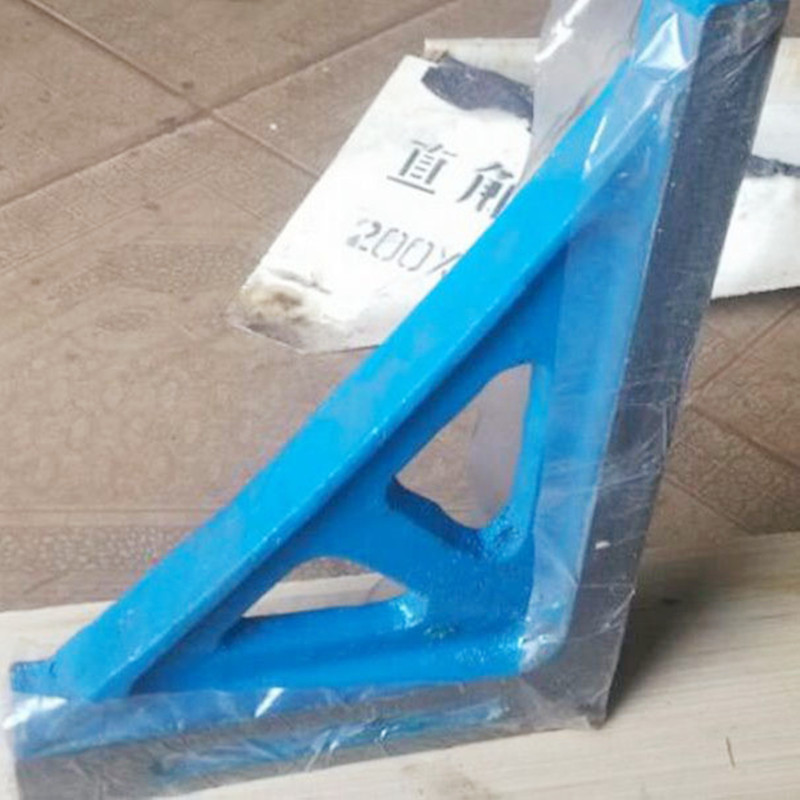12-р сар . 12, 2024 05:11 Back to list
Calibration Methods for Spline Gages in Precision Measurement Applications
Spline Gage Calibration Ensuring Precision in Measurement
Spline gages, essential tools in the realm of engineering and manufacturing, are vital for accurate measurement and contouring. These instruments are particularly valuable in industries that require high precision, such as aerospace, automotive, and machinery manufacturing. To guarantee their reliability and accuracy, regular calibration of spline gages is critical. This article discusses the importance, methods, and best practices for spline gage calibration.
Importance of Spline Gage Calibration
Calibration is the process of verifying and adjusting the accuracy of measurement instruments. For spline gages, proper calibration ensures that they provide correct measurements, thus preventing costly errors in production processes. Inaccurate measurements can lead to defective parts, increased waste, and potentially catastrophic failures, especially in safety-critical industries. Furthermore, many manufacturing sectors are governed by strict quality standards, such as ISO 9001. Regular calibration of tools like spline gages is essential for compliance with these regulations and maintaining a company’s certification.
Understanding Spline Gages
Spline gages are designed to measure the profile of splines—key features in various mechanical parts that connect gears or shafts. They come in various configurations, both for internal and external spline measurement. Given their complexity, spline gages require meticulous calibration to ensure their measurement points align accurately with the intended design specifications.
Calibration Methods
There are several methods for calibrating spline gages, which vary in complexity and accuracy requirements
1. Direct Measurement This straightforward method involves comparing the spline gage’s measurement against a known standard. A master spline, which is a precisely manufactured piece with known dimensions, is used for reference. By measuring the spline with the gage and comparing the results, any discrepancies can be identified and corrected.
2. Electronic Calibration Systems For more advanced calibration, electronic systems can be employed. These systems integrate with the spline gage to take measurements and automatically compare them against predetermined standards. Such systems reduce human error and provide a more efficient calibration process.
spline gage calibration

3. Coordinate Measuring Machines (CMM) CMMs, which use a probe to measure the physical geometrical characteristics of an object, can also be utilized for spline gage calibration. The spline gage is inspected within the CMM, allowing for a comprehensive analysis of its dimensional accuracy.
Best Practices for Calibration
To maintain the integrity and accuracy of spline gages, the following best practices should be observed
- Regular Schedule Establish a calibration schedule based on usage frequency and environmental factors. Tools used more frequently or in harsher environments may require more frequent calibrations.
- Environmental Control Calibration should be conducted in a controlled environment to minimize the effects of temperature, humidity, and dust, all of which can impact measurement accuracy.
- Documentation Keep detailed records of calibration results, including date, method, personnel, and any deviations from standard measurements. This documentation is vital for quality control and compliance audits.
- Training Personnel Ensure that individuals conducting calibrations are well-trained and familiar with both the instruments and calibration procedures. Investing in training will help maintain the precision and reliability of measurements.
- Utilizing the Right Tools Employ appropriate calibration tools and standards that are traceable to national or international standards. This ensures that the measurements remain consistent across different calibration sessions.
Conclusion
In summary, spline gage calibration is a critical process that underpins the accuracy and reliability of measurements in various manufacturing sectors. By employing effective calibration methods and adhering to best practices, companies can ensure the precision of their spline gages, thereby enhancing product quality and operational efficiency. Regular calibration not only aids in compliance with industry standards but also protects the integrity of the manufacturing process, safeguarding against the risks associated with measurement inaccuracies. Investing time and resources into proper calibration practices ultimately leads to greater success in the competitive landscape of modern manufacturing.
-
Flanged Gate Valve: A Reliable Choice for Industrial and Municipal SystemsNewsAug.20,2025
-
Soft Seal Gate Valve: A Modern Solution for Reliable Pipeline ControlNewsAug.20,2025
-
Gate Valve Types: Understanding the Options for Your Pipeline SystemsNewsAug.20,2025
-
Y Type Strainer: Essential for Clean and Efficient Flow SystemsNewsAug.20,2025
-
Cast Iron Y Strainer: Durable Solutions for Demanding ApplicationsNewsAug.20,2025
-
Flanged Y Strainer: An Essential Component in Industrial Filtration SystemsNewsAug.20,2025
Related PRODUCTS









